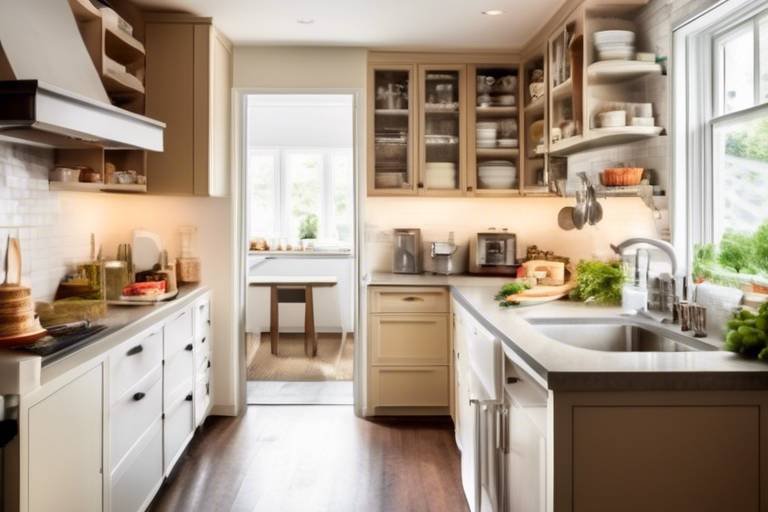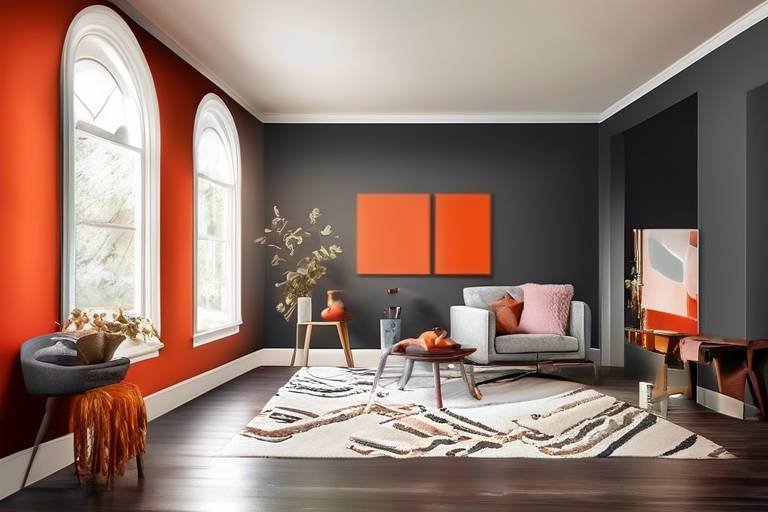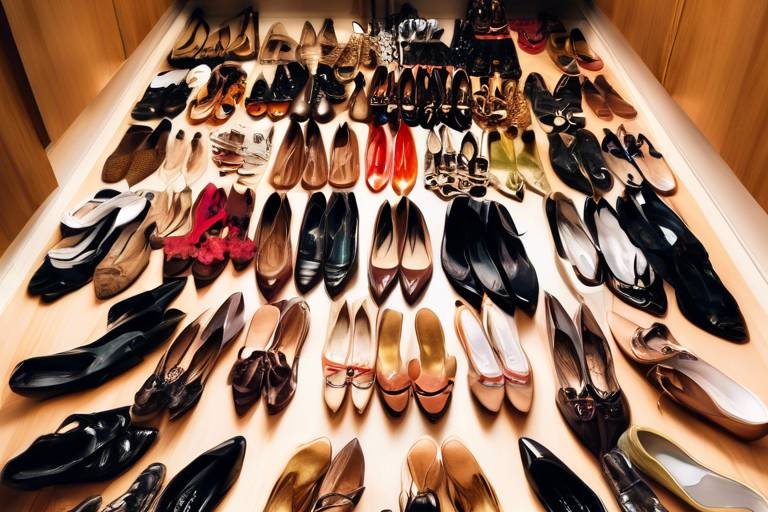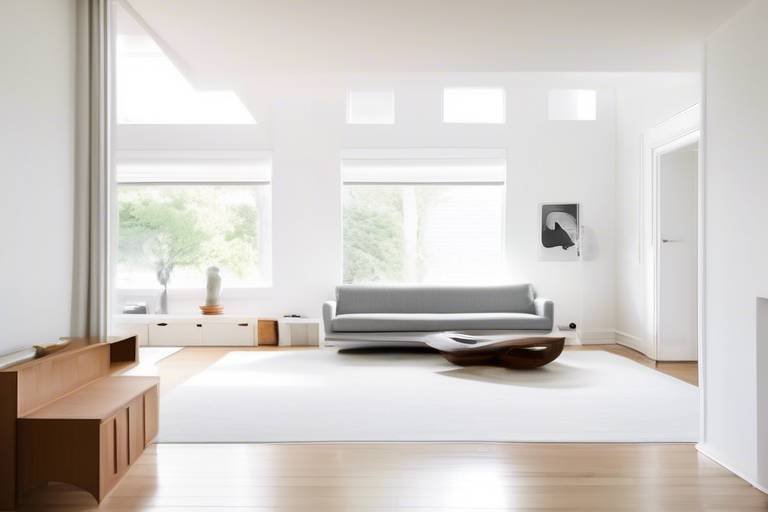How to Arrange Your Kitchen for Maximum Workflow
Efficient kitchen layout is crucial for a smooth cooking experience. When it comes to arranging your kitchen for maximum workflow, there are several key factors to consider. From decluttering and organizing to creating functional zones, optimizing storage, and investing in quality tools, each step plays a vital role in enhancing the efficiency of your kitchen space.
Decluttering and organizing your kitchen is the first step towards improving workflow. Clearing countertops, cabinets, and drawers of unnecessary items can significantly streamline your cooking process. By implementing storage solutions and organization systems, you can keep your tools and ingredients easily accessible, saving time and effort during meal preparation.
Creating functional zones within your kitchen is another essential aspect of maximizing workflow. By designating specific areas for prepping, cooking, and cleaning, you can minimize unnecessary movements and optimize efficiency. Ensuring that your kitchen layout flows seamlessly from one task to another can help you save time and energy while cooking.
Optimizing storage space is key to maintaining an efficient kitchen. Utilize vertical space, drawer dividers, and cabinet organizers to make the most of your storage capacity. Keeping frequently used items within reach and grouping similar items together can facilitate quick access during cooking, further streamlining your workflow.
Investing in quality kitchen tools is a wise decision to enhance efficiency. High-quality cookware, sharp knives, and reliable appliances can make cooking tasks easier and more enjoyable. By choosing durable tools, you can streamline your cooking process and save valuable time in the kitchen.
Utilizing work surfaces effectively is essential for maximizing workflow. Keep your counter space clutter-free and designate specific areas for different tasks such as chopping, mixing, and assembling ingredients. By organizing your work surfaces efficiently, you can work more productively and avoid unnecessary movements.
Proper lighting is a crucial element of a functional kitchen. Ensure that your workspace is well-lit to prevent eye strain and accurately see ingredients and cooking processes. Installing task lighting in key areas can improve visibility and make cooking tasks easier and more efficient.
Enhancing accessibility in your kitchen can further improve workflow. Arrange your tools and equipment based on their frequency of use, keeping commonly used items within easy reach. By optimizing accessibility, you can minimize time spent searching for tools and streamline your cooking process.
Maintaining cleanliness and order is essential for an efficient kitchen workflow. Developing a cleaning routine to keep surfaces clear, dishes washed, and tools organized can help ensure a smooth cooking experience every time. Regular maintenance and organization will contribute to a more enjoyable and efficient cooking environment.

Declutter and Organize
Efficient kitchen layout is crucial for a smooth cooking experience. Learn how to optimize your kitchen space to enhance workflow, from organizing tools to creating designated zones for prepping, cooking, and cleaning.
Clearing countertops, cabinets, and drawers of unnecessary items can streamline your kitchen workflow. Implement storage solutions and organization systems to keep tools and ingredients easily accessible.
When decluttering, think about what items you use frequently and what can be stored away. Create a system that works for you, whether it's using drawer dividers, labeled containers, or hanging racks to keep everything in its place. By organizing your kitchen tools and ingredients, you can save time searching for items and focus more on cooking.
Consider creating a designated area for each type of item, such as a spice rack near the stove or a utensil holder next to the prep area. This way, everything has its place, and you can easily find what you need without rummaging through cluttered drawers or cabinets.
Utilize vertical space by installing shelves or hooks to store pots, pans, and utensils, freeing up valuable counter space. Keep frequently used items within arm's reach and store less used items in higher cabinets to maximize accessibility and efficiency in your kitchen.
Remember, a clutter-free kitchen not only looks visually appealing but also allows for a more organized and efficient cooking experience. Take the time to declutter and organize your kitchen to create a functional and enjoyable workspace.
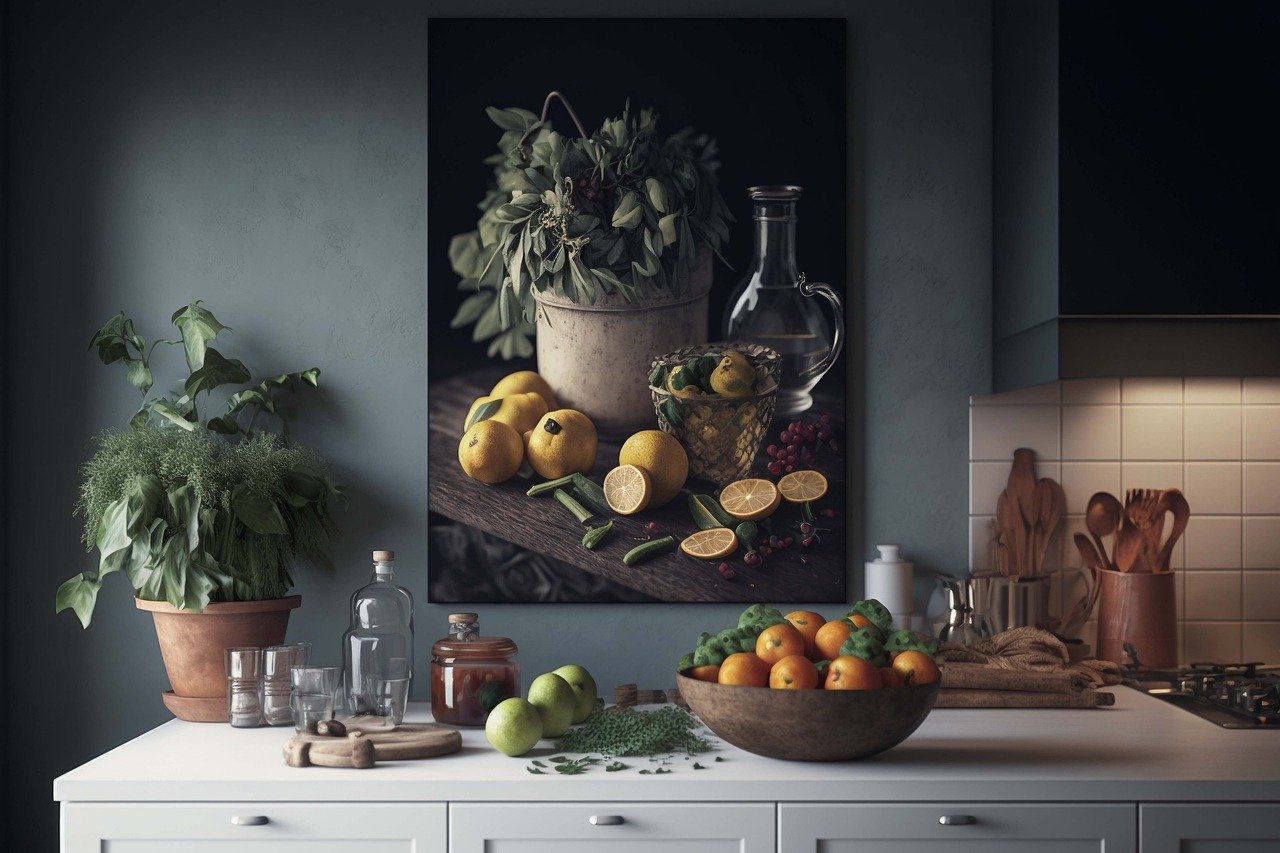
Create Functional Zones
Efficient kitchen layout is crucial for a smooth cooking experience. Learn how to optimize your kitchen space to enhance workflow, from organizing tools to creating designated zones for prepping, cooking, and cleaning.
When it comes to creating a functional kitchen, zoning is key. Imagine your kitchen as a well-orchestrated symphony, with each section playing a vital role in the harmony of cooking. By designating specific areas for prepping, cooking, and cleaning, you minimize unnecessary movements and maximize efficiency.
Think of it as creating different stations in your kitchen – a prep station where you chop, slice, and dice, a cooking station where the magic happens, and a cleaning station to keep things tidy. By organizing your kitchen layout to flow seamlessly from one task to another, you reduce time wasted moving back and forth.
Consider the layout of a professional kitchen – everything is strategically placed for optimal efficiency. Apply this concept to your home kitchen by arranging tools, utensils, and ingredients in a way that makes sense for the tasks at hand. Keep your cutting boards, knives, and mixing bowls close to your prep area, pots and pans near the stove, and cleaning supplies within reach of the sink.
Q: How can I determine the best layout for my kitchen zones?
A: Assess your cooking habits and workflow to determine the most efficient arrangement. Consider the triangle concept, where the stove, sink, and refrigerator form a triangle for easy movement between key areas.
Q: Should I invest in specialized tools for each zone?
A: While specialized tools can enhance efficiency, focus on having the essentials for each zone first. Quality knives, cutting boards, and cookware are a good starting point.
Q: How do I prevent clutter in my functional zones?
A: Regularly declutter and reorganize your kitchen to maintain efficiency. Keep only essential items in each zone and designate a specific place for everything to avoid clutter.

Optimize Storage
Efficient kitchen layout is crucial for a smooth cooking experience. Learn how to optimize your kitchen space to enhance workflow, from organizing tools to creating designated zones for prepping, cooking, and cleaning.
When it comes to optimizing storage in your kitchen, utilizing every available space is key. Consider incorporating vertical storage solutions such as shelves or hanging racks to make the most of your kitchen's height. Drawer dividers and cabinet organizers can help keep your utensils and ingredients neatly arranged and easily accessible.
Grouping similar items together can also streamline your cooking process. By organizing your kitchen tools, cookware, and ingredients into categories, you can quickly locate what you need without wasting time searching through cluttered cabinets. This approach not only saves time but also enhances the overall efficiency of your kitchen workflow.
Additionally, keeping frequently used items within reach can significantly improve your cooking experience. Designate specific areas for commonly used tools and ingredients to avoid unnecessary movements around the kitchen. By creating designated storage spaces for these items, you can access them quickly and efficiently during meal preparation.
Consider investing in storage containers that are both functional and aesthetically pleasing. Transparent containers can help you easily identify the contents, while stackable containers can maximize space utilization in your cabinets or pantry. By selecting the right storage solutions for your kitchen, you can create a well-organized and efficient cooking environment.
- Q: How can I make the most of a small kitchen space?
- Q: What are some essential kitchen tools for efficient cooking?
- Q: How often should I declutter and reorganize my kitchen?
A: In a small kitchen, maximizing vertical storage, utilizing multi-functional furniture, and decluttering regularly can help optimize the available space. Consider using wall-mounted shelves, foldable tables, and compact appliances to make the most of your kitchen layout.
A: Essential kitchen tools include sharp knives, durable cookware, measuring cups and spoons, cutting boards, and mixing bowls. Investing in quality tools can enhance your cooking experience and streamline meal preparation.
A: It is recommended to declutter and reorganize your kitchen at least once every few months to maintain an efficient workflow. Regularly assessing your storage needs and removing unused or unnecessary items can help keep your kitchen organized and functional.
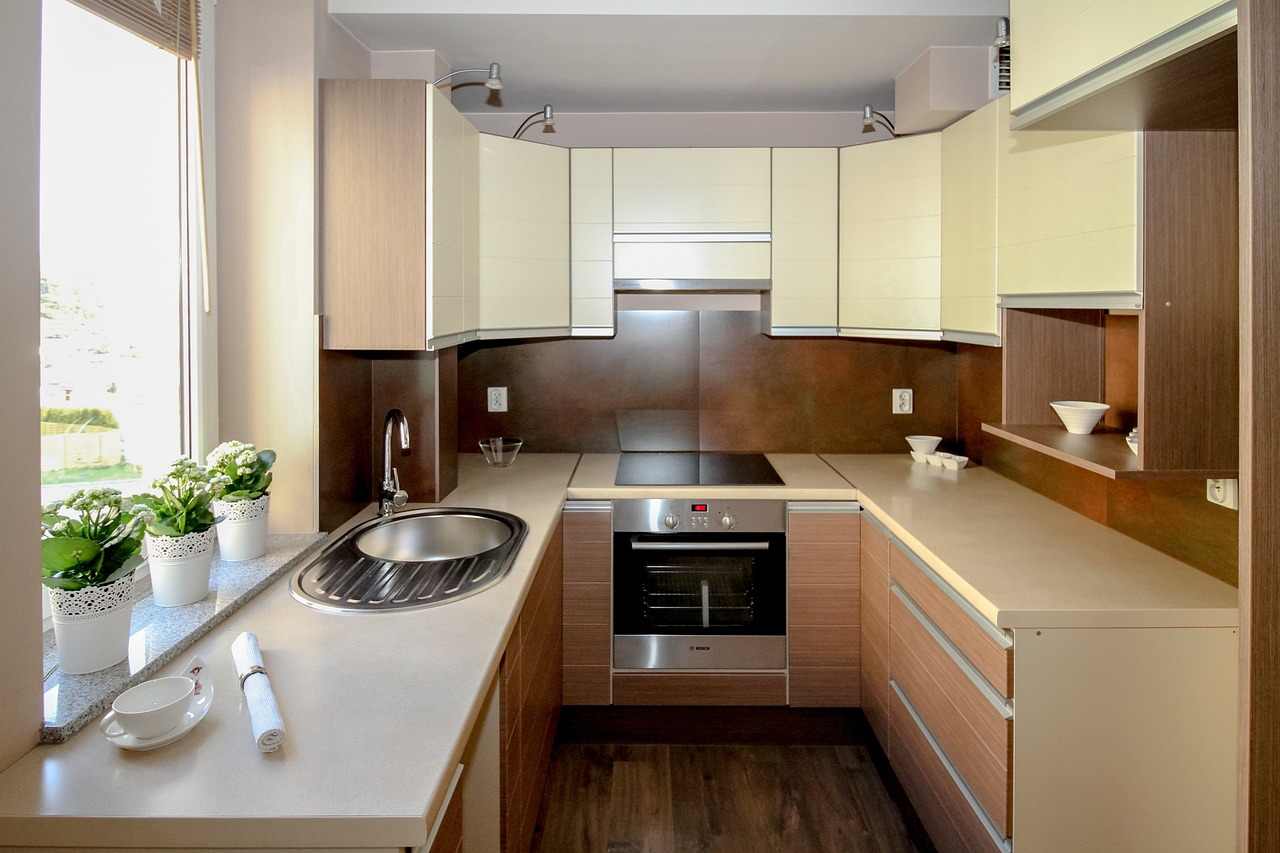
Invest in Quality Tools
Investing in quality tools is a fundamental step towards optimizing your kitchen workflow. High-quality kitchen tools not only enhance efficiency but also make cooking tasks much easier and enjoyable. When selecting tools for your kitchen, it's essential to prioritize durability, functionality, and performance. Sharp knives, durable cookware, and reliable appliances are key elements that can significantly streamline your cooking process and save you valuable time.
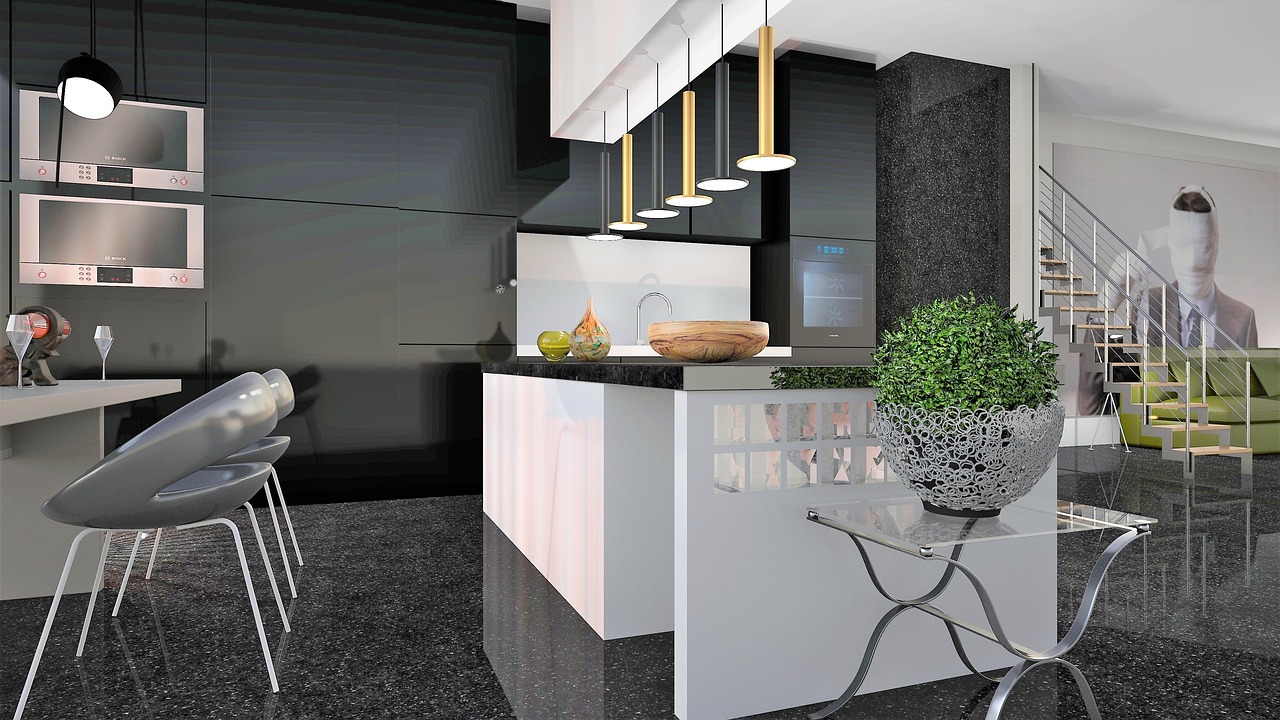
Utilize Work Surfaces Effectively
Efficient kitchen layout is crucial for a smooth cooking experience. Learn how to optimize your kitchen space to enhance workflow, from organizing tools to creating designated zones for prepping, cooking, and cleaning.
When it comes to cooking in your kitchen, the work surfaces play a vital role in your efficiency. Imagine your work surfaces as a canvas where you create culinary masterpieces. To make the most out of your work surfaces, keep them clutter-free and dedicated to specific tasks. Designate areas for chopping, mixing, and assembling ingredients to streamline your cooking process. By utilizing your work surfaces effectively, you can work efficiently and avoid unnecessary movements that disrupt your flow.
Q: How can I determine the best layout for my kitchen?
A: Consider the work triangle principle, which connects the three main work areas in the kitchen - the stove, sink, and refrigerator. This layout minimizes movement between these key areas and enhances workflow.
Q: What are some tips for maintaining a clutter-free kitchen?
A: Implement storage solutions such as drawer dividers and cabinet organizers to keep tools and ingredients organized. Regularly declutter countertops and cabinets to ensure a tidy workspace.
Q: Why is proper lighting important in the kitchen?
A: Good lighting is essential for visibility and preventing eye strain during meal preparation. Task lighting in key areas ensures that you can accurately see ingredients and cooking processes.
Q: How can I optimize accessibility in my kitchen?
A: Arrange your kitchen tools based on frequency of use, keeping commonly used items within easy reach. Utilize vertical space and cabinet organization to maximize accessibility and workflow efficiency.
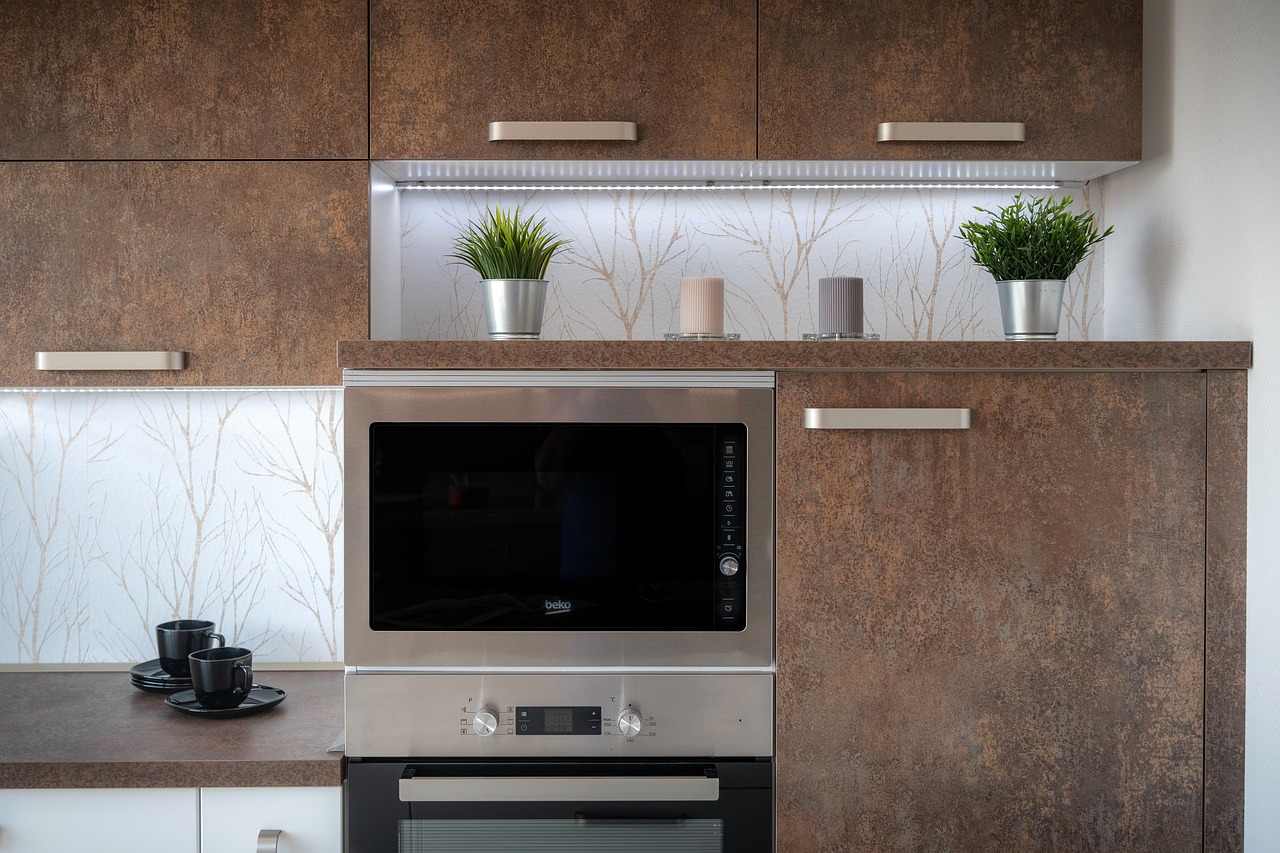
Implement Proper Lighting
Efficient kitchen layout is crucial for a smooth cooking experience. Learn how to optimize your kitchen space to enhance workflow, from organizing tools to creating designated zones for prepping, cooking, and cleaning.
Proper lighting is a key element in creating a functional kitchen environment. Adequate lighting not only enhances the aesthetics of your space but also plays a significant role in improving efficiency and safety while cooking. Imagine trying to chop vegetables or read a recipe in dim lighting; it can lead to mistakes and accidents. Therefore, it's essential to have well-lit work areas to ensure you can see ingredients clearly and monitor cooking processes accurately.
Task lighting is particularly important in the kitchen, as it provides focused illumination on specific work areas such as the countertops, stove, and sink. Consider installing under-cabinet lighting to brighten up your workspace and eliminate shadows that can hinder your cooking tasks. Additionally, pendant lights above the kitchen island or dining table can not only add a decorative touch but also provide functional lighting for meal preparation and dining.
When arranging your kitchen lighting, think about the natural light sources as well. Position your work surfaces near windows to take advantage of natural daylight during the day. This can help reduce energy consumption and create a pleasant cooking environment. However, ensure you have adequate artificial lighting for evening or cloudy days to maintain consistent visibility in your kitchen.
- Q: How can I determine the right lighting fixtures for my kitchen?
- Q: Is it necessary to have different types of lighting in the kitchen?
- Q: How can I improve energy efficiency with kitchen lighting?
A: Consider the size and layout of your kitchen, the tasks you perform most frequently, and your personal style preferences when choosing lighting fixtures. Consult with a lighting specialist for expert advice tailored to your specific needs.
A: Yes, incorporating a mix of ambient, task, and accent lighting can create a well-balanced and functional lighting scheme in your kitchen. Ambient lighting provides overall illumination, task lighting focuses on specific work areas, and accent lighting highlights decorative elements.
A: Opt for LED bulbs, which are energy-efficient and long-lasting. Additionally, use dimmer switches to adjust the brightness based on your needs and consider installing motion sensor lights in areas with less frequent use to save energy.
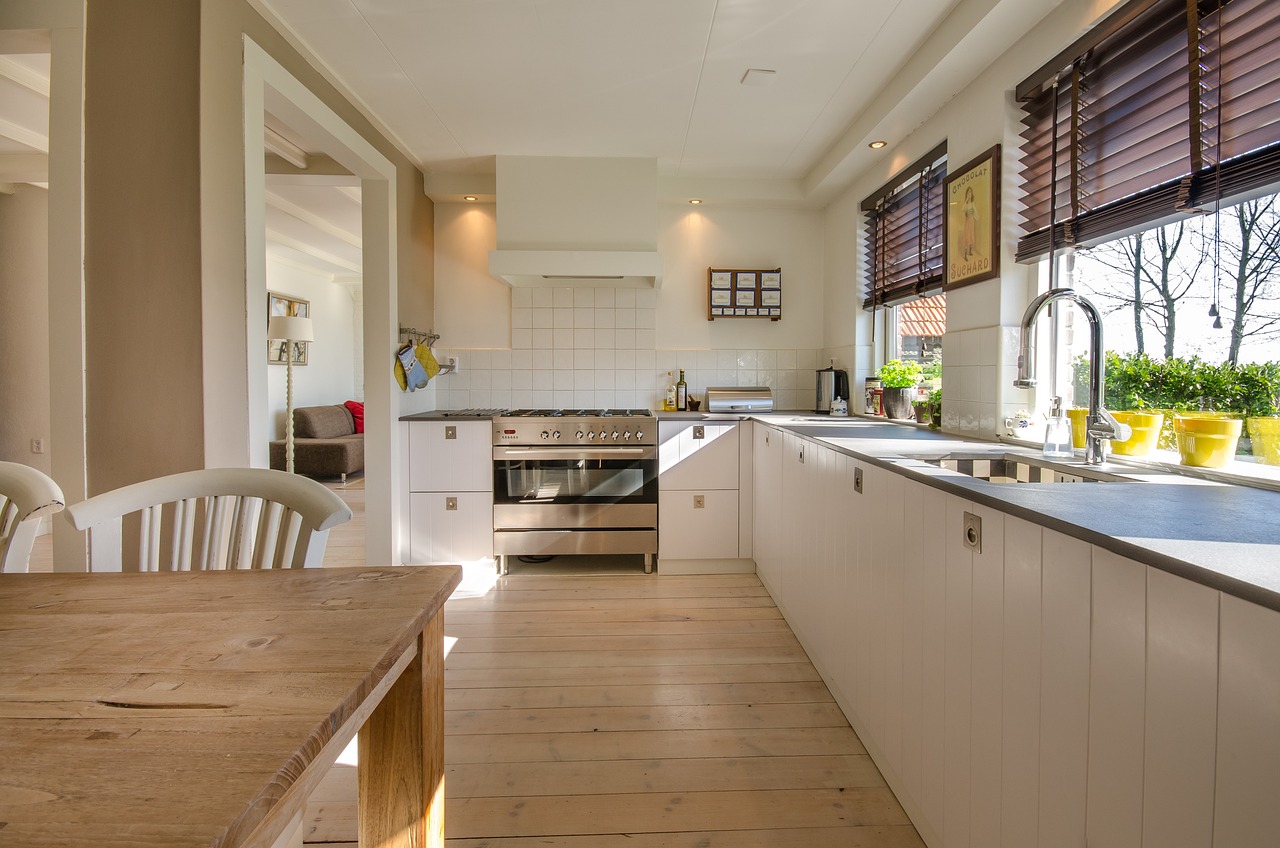
Enhance Accessibility
Enhancing accessibility in your kitchen is key to optimizing workflow and efficiency. By strategically arranging your tools and equipment based on frequency of use, you can streamline your cooking process and make tasks easier to accomplish. Keep commonly used items within easy reach, such as utensils, cutting boards, and spices, by storing them in accessible drawers or on open shelves.
For items that are used less frequently, consider utilizing higher or lower cabinets to free up prime storage space for everyday essentials. By organizing your kitchen in this manner, you can minimize unnecessary movements and save time during meal preparation.
Another way to enhance accessibility is to group similar items together. For example, store all baking tools in one designated area and keep pots and pans in another. This not only makes it easier to locate specific items quickly but also helps maintain order and efficiency in your kitchen.
Consider implementing pull-out shelves or lazy Susans in corner cabinets to maximize storage and accessibility. These solutions allow you to easily reach items that would otherwise be tucked away in hard-to-reach spaces, ensuring that every inch of your kitchen is utilized effectively.
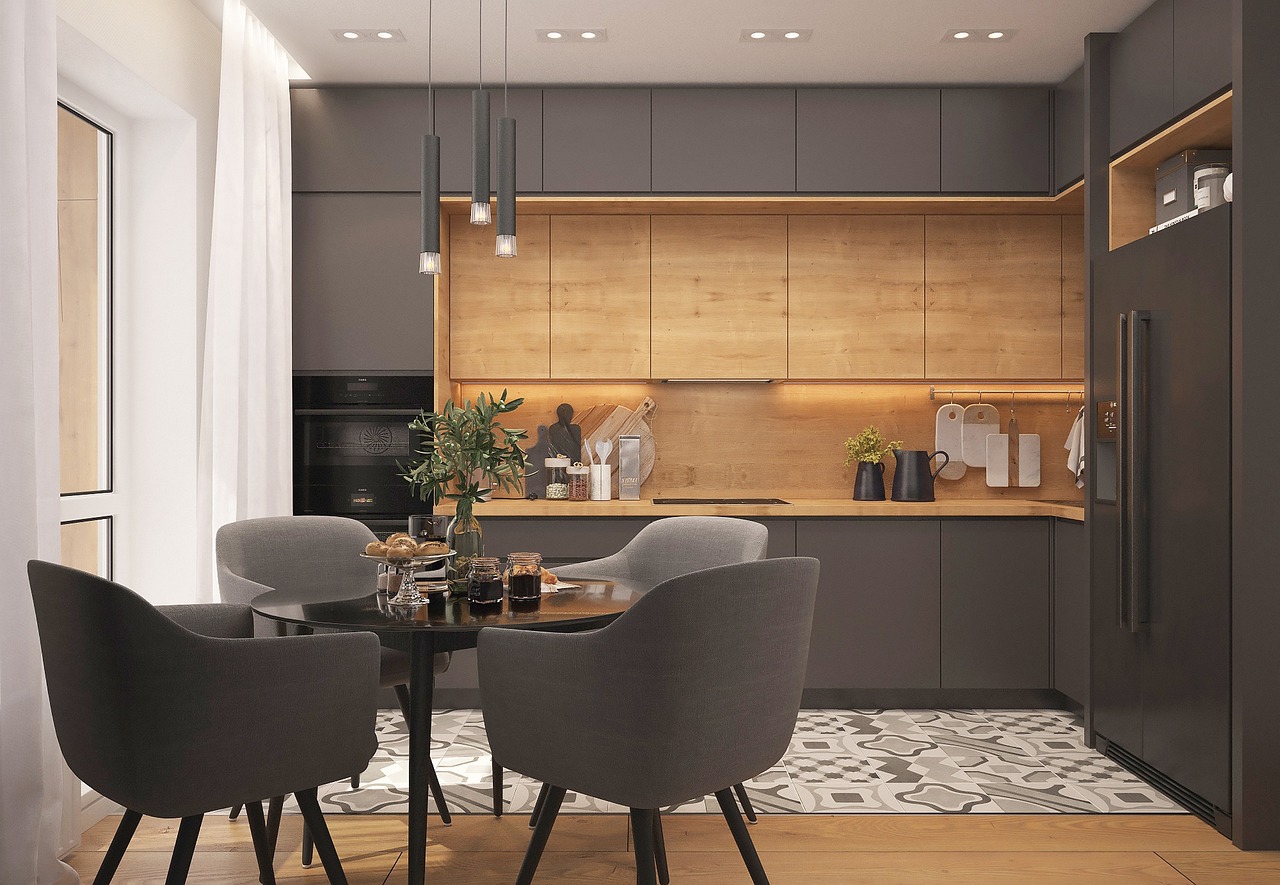
Maintain Cleanliness and Order
Keeping your kitchen clean and organized is essential for ensuring a smooth workflow and enjoyable cooking experience. A clutter-free and orderly kitchen not only enhances efficiency but also promotes a sense of calm and control in your culinary space. By following a few simple guidelines and incorporating regular maintenance into your routine, you can maintain cleanliness and order effortlessly.
Start by decluttering your countertops and work surfaces. Clear away any unnecessary items that can obstruct your cooking activities. Store appliances that are not frequently used to free up space and create a more streamlined environment. A clean and spacious countertop allows for efficient meal preparation and minimizes distractions during cooking.
Develop a system for organizing your kitchen tools and utensils. Use drawer dividers, cabinet organizers, and storage containers to keep everything in its designated place. Group similar items together, such as measuring cups and spoons, to facilitate quick access when needed. By maintaining an organized storage system, you can easily locate tools and ingredients, saving time and effort during meal preparation.
Establish a regular cleaning routine to uphold cleanliness in your kitchen. Wipe down countertops, tables, and appliances after each use to prevent the buildup of dirt and grime. Wash dishes promptly and put them away to maintain an orderly space. Regularly sweep or vacuum the floor to keep it free of crumbs and spills. By incorporating cleaning tasks into your daily routine, you can ensure that your kitchen remains tidy and inviting.
Pay attention to the condition of your kitchen tools and equipment. Regularly inspect and clean your cookware, knives, and appliances to prolong their lifespan and optimize their performance. Store sharp knives safely to prevent accidents and maintain their sharpness. Keep appliances clean and well-maintained to ensure they function efficiently. By caring for your tools, you can enhance their longevity and effectiveness in the kitchen.
Consider implementing storage solutions that promote cleanliness and order. Use airtight containers for storing dry goods to prevent pests and maintain freshness. Label containers to easily identify contents and expiration dates. Store perishable items in the refrigerator or freezer to extend their shelf life and reduce food waste. By organizing your pantry and refrigerator, you can create a more efficient and hygienic kitchen environment.
Incorporate daily habits that contribute to a clean and orderly kitchen. Wipe spills immediately to prevent stains and odors. Empty the trash regularly to avoid unpleasant smells and maintain hygiene. Sweep or mop the floor as needed to keep it clean and presentable. By attending to small cleaning tasks consistently, you can uphold a high standard of cleanliness in your kitchen.
Frequently Asked Questions
- How can I declutter and organize my kitchen effectively?
To declutter and organize your kitchen, start by clearing countertops, cabinets, and drawers of items you no longer use. Implement storage solutions such as drawer dividers and cabinet organizers to keep tools and ingredients easily accessible.
- Why is creating functional zones in the kitchen important?
Designating specific areas for prepping, cooking, and cleaning helps minimize movement and maximize efficiency. By arranging your kitchen layout to flow seamlessly from one task to another, you can save time and effort during meal preparation.
- What are some tips for optimizing storage in the kitchen?
Utilize vertical space by installing shelves or hanging racks. Use drawer dividers and cabinet organizers to maximize storage capacity. Group similar items together and keep frequently used items within easy reach for quick access.
- How can I enhance accessibility in my kitchen?
Arrange your kitchen tools and equipment based on frequency of use. Keep commonly used items within easy reach on countertops or in accessible cabinets. Store less frequently used items in higher or lower cabinets to optimize workflow.
- Why is maintaining cleanliness and order important in the kitchen?
A tidy kitchen is essential for efficient workflow. Developing a cleaning routine to keep surfaces clear, dishes washed, and tools organized will ensure a smooth cooking experience every time. Regular maintenance is key to a functional kitchen.

